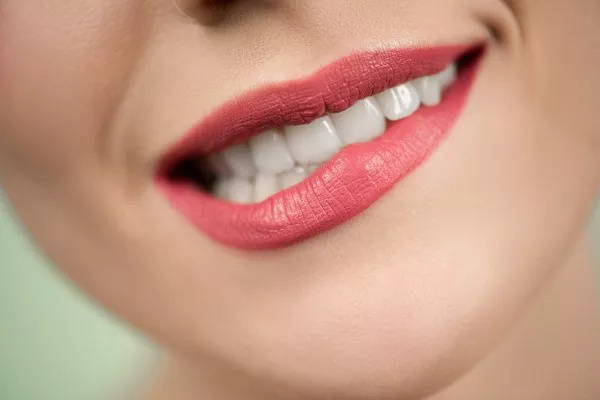Scaling and root planing, commonly referred to as deep cleaning, is a crucial non-surgical periodontal therapy used to treat and manage periodontal disease. This comprehensive article aims to provide an in-depth understanding of how scaling and root planing is performed, including the instruments and techniques used during the procedure. By gaining comprehensive knowledge about this essential treatment modality, individuals can better understand the process, actively participate in their oral health, and make informed decisions regarding their periodontal care.
Understanding Periodontal Disease
Before delving into the details of scaling and root planing, it is crucial to have a solid understanding of periodontal disease. This section will explore the causes, risk factors, stages, and progression of periodontal disease. It will highlight the impact of this condition on oral health and overall well-being. By recognizing the signs and symptoms of periodontal disease, individuals can seek timely intervention and potentially avoid more severe complications.
The Purpose of Scaling and Root Planing
This section will explain the purpose and objectives of scaling and root planing in detail. Readers will gain a thorough understanding of how this procedure aims to remove plaque, calculus, and harmful bacteria from the tooth surfaces and below the gumline. The importance of eliminating these detrimental substances for optimal periodontal health and disease management will be emphasized.
Instruments Used in Scaling and Root Planing
Scaling and root planing require specialized instruments designed to effectively remove deposits and smooth tooth surfaces. This section will discuss the various tools used during the procedure, including hand scalers, ultrasonic scalers, and curettes. Readers will learn about the different types of scalers, their working principles, and the advantages they offer for efficient cleaning. Additionally, the use of local anesthesia and its role in patient comfort during the procedure will be explained.
Techniques of Scaling and Root Planing
This comprehensive section will provide a detailed explanation of the techniques employed during scaling and root planing. It will cover the step-by-step process of the procedure, starting with supragingival scaling and extending to subgingival scaling and root planing. Readers will gain insights into techniques such as quadrant scaling, full-mouth scaling, and localized scaling. The importance of thoroughness, proper angulation, and pressure control during instrumentation will also be emphasized.
Adjunctive Treatments and Technologies
Scaling and root planing can be complemented by various adjunctive treatments and technologies to enhance outcomes. This section will discuss the utilization of antimicrobial agents, such as locally applied antibiotics or antiseptic rinses, to reduce bacterial load and promote healing. Additionally, advanced technologies like laser-assisted therapy and air polishing will be explored, highlighting their potential benefits in improving treatment efficiency and patient comfort.
Management of Patient Discomfort and Anxiety
Scaling and root planing may cause discomfort or anxiety in some patients. This section will address strategies to manage patient discomfort during the procedure, including the use of local anesthesia, topical numbing gels, and pain management techniques. Furthermore, suggestions for reducing dental anxiety through effective communication, relaxation techniques, and sedation options will be provided.
Conclusion
Scaling and root planing is a vital non-surgical periodontal therapy for managing and treating periodontal disease. By understanding the underlying causes and progression of this condition, as well as the instruments, techniques, and adjunctive treatments employed during scaling and root planing, individuals can actively participate in their periodontal health journey. Regular communication with dental professionals and adherence to recommended oral hygiene practices are essential for successful outcomes and long-term oral health maintenance. Together, we can work towards healthier gums, improved oral health, and a brighter smile.
Related Topics:





























